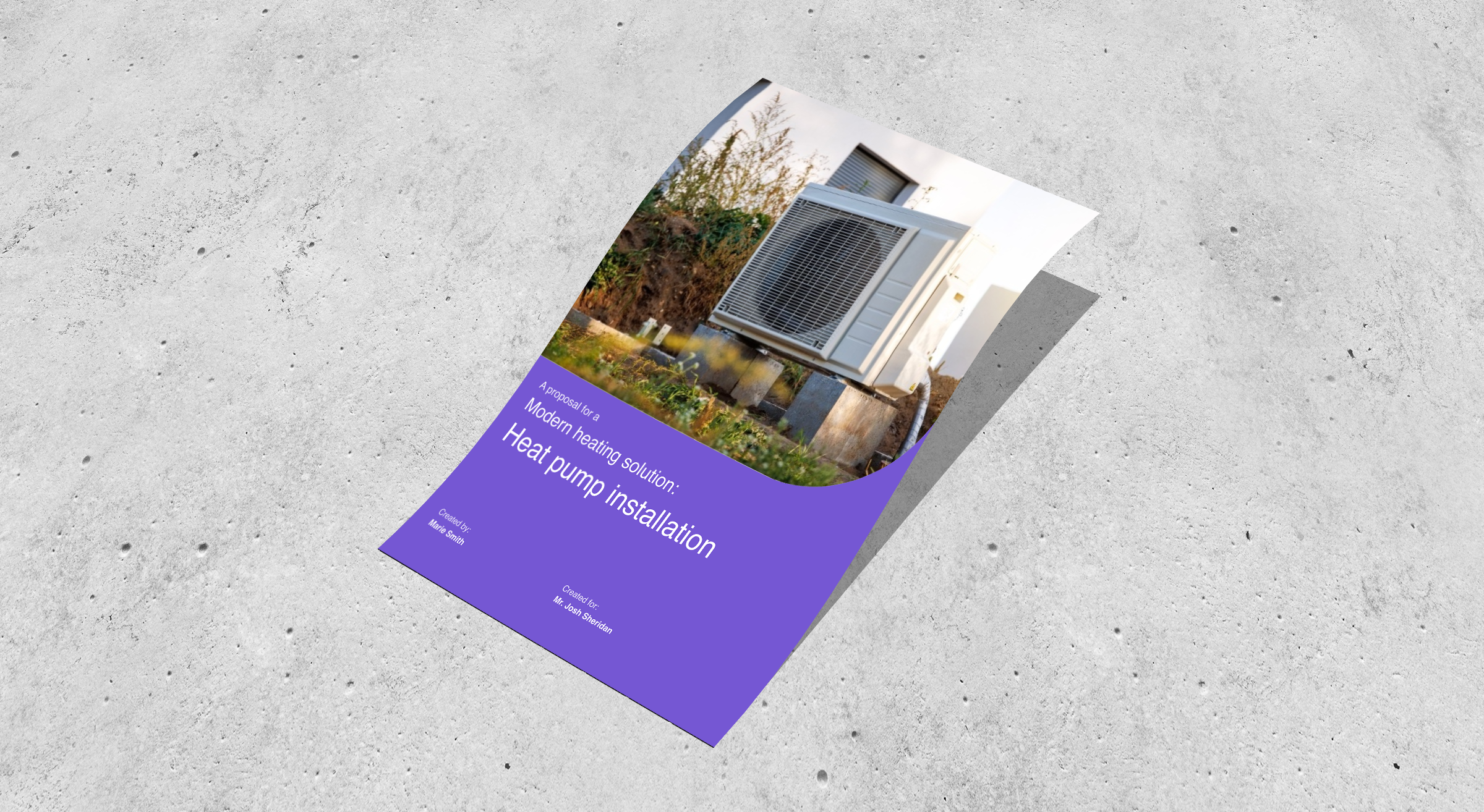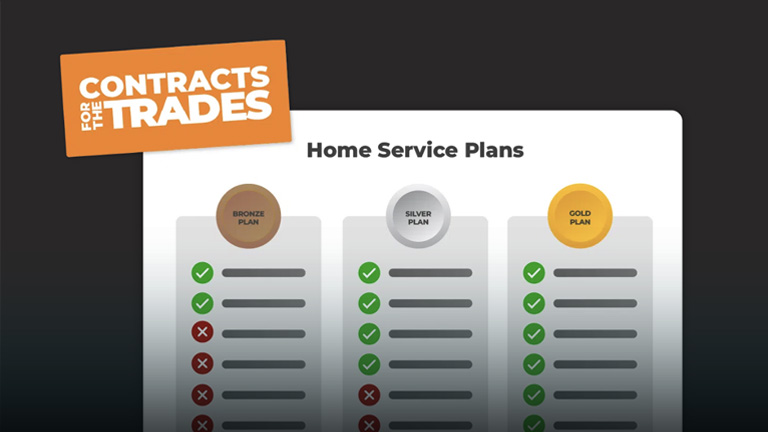5 Common Customer Complaints About Your Service Business
November 16, 2022 | Read: 11 minutes

While you might deliver a great service experience, no business is immune to criticism. You’ll always find that customers have things to critique or complain about…
If that is the case, it’s important to figure out if they’re common customer complaints and if they can be easily prevented or solved…
Join us as we explore five common customer complaints you could encounter in your field service business.
We’ll also share solutions to help you manage complaints and even prevent them, too.

Below, we’re exploring the most common issues that we know affect our clients, but only you have the power to discover the issues that might be plaguing your business.
The issues we’ve highlighted will give you a good idea of what to look out for, but we’ll also explain how you can easily identify common trends yourself.
Let’s jump in and explore how to identify and handle common customer complaints:
What are Customer Complaints?
Customer complaints are a form of feedback that customers provide about their experience of your services.
Complaints are, by their nature, often negative. They’re likely borne out of frustration or dissatisfaction with a product or service.
Complaints can vary in nature. It may be because there was a delay with a job, a payment issue, or a communication error.
While these may be frustrating to handle, it’s important to look at complaints as an opportunity to learn and improve your services.
Identifying Common Customer Complaints
For smaller businesses, identifying and acting on complaints can be more straightforward. That’s because many small business owners will still be working closely and speaking with their customers face to face.
This, to an extent, can make hearing their issues and acting on it easier.
However, this gets more difficult as a company grows in size. With more customers, more staff, and more jobs, there’s more information to collect.
That means a greater likelihood of problems, especially if you’re not changing how you manage your customers, either.
As a result, identifying and acting on common customer complaints will become more challenging.
In this situation, what you need is a better way to collect and analyse customer feedback…
How to easily collect customer feedback:
If you’re using field service management software, like Commusoft, it’s much easier to request, collect, and then act on customer feedback.
Feedback can be collected in a number of ways:
- After a job is complete
- From an automated email prompt, or
- Requested by an engineer—who can easily add notes to a custom job report—whilst they’re on-site.
Once the feedback is uploaded to your job management system, any member of staff can find and access notes and act on a customer’s pain points.
It’s important to give customers the opportunity to reach out to you directly.
After all, if there’s no constructive way for them to vent their frustrations, they’re likely to go elsewhere. And posting an online review could negatively impact your business.
5 Common Customer Complaints:
Here are 5 of the most common complaints customers are likely to make against your service business. We’ve outlined a complaint and solution, so let’s dive in!
1. Poor Communication
Poor communication can have dramatic consequences. Misunderstandings can cause delays, payment issues, and impact customer relationships.
For a more specific example, let’s say that a customer has called about a pipe leak. However, shortly after an engineer shows up, the engineer leaves the property without a proper fix, claiming they don’t have the right tools, nor the time to get them and come back.
Even though it’s not an impossible situation, it’s easy to see why this is frustrating. However, it only gets worse when, at another appointment and engineer shows up only to do the same thing…
This once happened to me: I had a persistent leak that had caused a mould and damp problem. It took four separate call-outs before someone finally tackled the problem.
Despite communicating every time, it was clear to me that the engineers weren’t communicating between visits. The same excuse was given every time: “I wasn’t given any notes and I don’t have the right tools/gear to fix this right now”.
The engineer would shrug, grumble about miscommunication, promise to pass on notes, then leave. This led to a lot of frustration.
Yes, some jobs will be more complex than first expected, but if an engineer is leaving without clearly explaining why or giving customers confidence in a follow-up appointment, it’s easy to see how poor communication (between teams, or to a customer) can become a common customer complaint.
How do you solve communication problems?
First, you must ensure your engineers have the data they need so they can properly complete a job. If engineers have these details ahead of time, you increase the odds of a first-time fix.
If there’s a delay, there should be a simple way to alert customers and offer alternatives. This could mean booking another job whilst they’re on-site with the customer by using an app on their mobile device. At the very least, engineers can easily communicate information to the office by adding notes to a job report, too.
A mobile app is an essential tool that will gives engineers access to all the information they need, wherever they are. This also means that even if a different engineer attends a different job at the same address, they can access their data and pick up right where their colleague left off.
With this solution, customers can enjoy a seamless service experience.
2. Engineers turn up late
Few things give customers a worse impression than an engineer arriving late to a job.
Customers will see this as a reflection of your business. After all, a disorganised engineer implies a disorganised business. Customers may wonder why they should choose your services if your team aren’t respecting their time?
It’s one thing to be a few minutes late, but if jobs are way behind schedule and engineers are turning up 20, 30, or over 60 minutes late (with no warning), then it’s a problem that will only get worse.
The knock-on effect will likely mean you have to deal with even more late or cancelled appointments, which means even more unhappy customers and disgruntled engineers…
How do you solve this common customer complaint?
There’re two solutions to explore here.
First: try and understand if there’s a particular reason engineers are arriving late. If you’re noticing a common trend in lateness, it could mean that there’s a scheduling inefficiency you need to deal with.
This is something that intelligent scheduling software can assist with, which would take into consideration an engineer’s diary, location, and more, all to help your team determine the best person for the job. With the support of software tools you can save travel time, money, and work more efficiently.
Second: again, it’s all about communication. A lot of frustrations come when customers hear nothing from a service provider. A simple notification can go a long way to give customers peace of mind and keep them in the loop.
An SMS, email, or phone call could be used to confirm a booking, provide an appointment window, or share an engineer’s ETA, or even warn about a delay. This can prevent the customer from becoming anxious or getting frustrated and calling a competitor.
To note: We’d encourage you to explore job scheduling software and service reminders with Commusoft to learn more.
3. Journeys are full of friction
“Nearly nine out of ten [consumers] say brands need to work harder to create a seamless experience.”
Consistency is essential to giving customers peace of mind.
Of course, it’s easier said than done, and care needs to be taken to craft customer journeys that give customers a consistently excellent experience.
- Was it difficult for them to make a payment?
- Did a customer struggle to contact you?
- What about accessing their data to get a certificate?
If any process causes friction, it’s likely to put customers off.
These days, convenience is expected and it’s because of features like Amazon’s “one-click payments” and detailed shipment tracking that the stakes have been raised for other businesses.
As a result, every service business needs to meet their customer’s expectations…
How do you solve this problem?
Fortunately, with software tools like Commusoft, that’s easier than ever these days.
A dedicated job management software will help you to transform every customer journey. That’s especially true if you’re using a tool with access to a customer self-service portal.
A lot of customers will appreciate being able to help themselves, especially with simple requests. What’s even better is that by helping themselves, it’ll save your own team time, too!
Download The Customer Communication Toolkit:

4. Booking a job was a pain
Picture the scenario: it’s winter, midnight and frozen pipes have just burst in a customer’s house. They grab their phone to look up your website, remembering what a great job you did the last time they needed your services.
But when they get to your website, slow-loading images and pop-ups make it impossible for the customer to find your number, or request an emergency booking.
So what do they do next?
They Google “emergency plumber near me” and contact the first reliable company (with a well-optimised website) that pops up.
According to Smartling, 85% of online customers are unwilling to forgive a company for a bad mobile experience. This means they’ll search online for competitors that will offer them a better one.
How do you solve this problem?
Keep things simple. For one, make sure your contact information is front and centre on your website and social media accounts.
If you’re using a booking form on your website, ensure it helps customers find a solution quickly and that your response to their inquiry is prompt.
Whether it’s an online booking portal or easy-to-find information, a little can go a long way to give customers confidence in your services.
5. Customers feel misled
A common complaint to see across a wide variety of service businesses is where customers claim they were misled.
It’s easy to forget customers aren’t experts in your field of work. And while there are certainly cases where companies will say one thing but then do another, it’s important to take care to ensure you’re always on the same page as the customer.
It could be that a customer has misunderstood the requirements of a job, but it might also be that someone forgot to give them all the information they needed.
It’s on your team to ensure this doesn’t happen.
For example, let’s say your office staff gave a quote of £75 over the phone for a call out.
However, after an engineer visits the site and carries out a fix, the customer receives an invoice for £225. It’s understandable that they’d feel confused and misled.
Whilst it’s likely a misunderstanding, it could be an oversight from the office staff, who should’ve said something like “a call out charge is £75, but there may be a higher fee if more work is required”. If these expectations aren’t clear ahead of time (or explained after the fact) a customer will feel misled.
How do you solve this common customer complaint?
When sending quotes to your customers, give them options and a breakdown in a detailed proposal. This will give customers a variety of choices to choose from.
We suggest you follow a “good, better, best” model. By outlining the costs and what customers get as a result, you can prevent nasty surprises.
And if shared in the right way, with a beautiful sales proposal, you might even help them see that some options are available, or necessary, even if they are more expensive.
Read: 10 Ways of Dealing with Angry Customers
Solving Common Customer Complaints
Dealing with common customer complaints isn’t easy, but if you take the time to listen and learn, you can develop effective strategies for prevention and effective management.
To help in these efforts, we’ve created The Customer Service Cheat Sheet. With this free guide, we will take you step-by-step with expert-approved tips and scripts to manage the most challenging scenarios.
To take a more proactive look at the software that can help your business, explore Jobs by Commusoft:


Linda Formichelli
Linda is a long-time journalist and content writer in Raleigh, North Carolina, USA.








